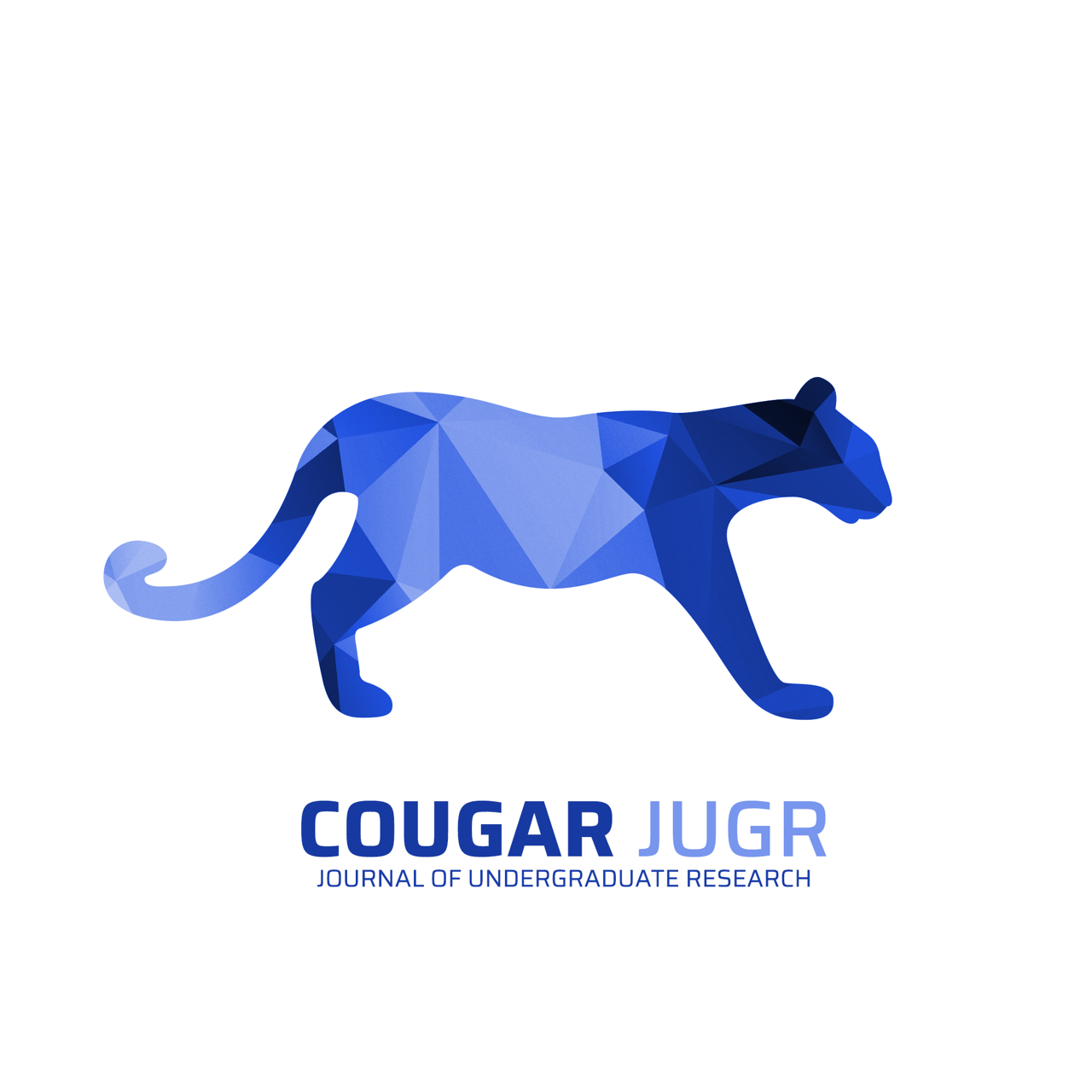Influence of Fire and Post-Fire Management on Fungal Diversity in Chaparral Soils
Keywords:
post-fire, fire management, fungal diversityAbstract
The chaparral burns every 40-70 years. Fire affects physical, chemical, and biological processes in the soil. In May 2014, the Cocos fire burned ~2000 acres of chaparral behind CSUSM. Post-fire, portions of the burned slope were either hydroseeded or left to recover naturally. This unique situation allows for analysis of fire effects and post-fire management on belowground fungal communities. A majority of fungi remained unclassified. Primary classifications consisted of Basidiomycota and Ascomycota, two common phyla of Fungi. Further classifications of Basidiomycota included Agaricomycetes (a class of cup-shaped fungi) and Agaricales (the common gilled mushroom). Further classifications of Ascomycota included Erysiphaceae (a family of fungi comprised of powdery mildew that is parasitic to leaves of plants) and Leotiomycetes, a class of fungi that cause a variety of plant diseases.
Additional Files
Published
Issue
Section
License
Authors retain copyright of their work. All submissions will be Open Access and distributed under the terms of the Creative Commons Attribution (CC BY) 4.0 license, which permits unrestricted production, distribution, and adaptation, provided that citation of the original work is included.

.jpg)
